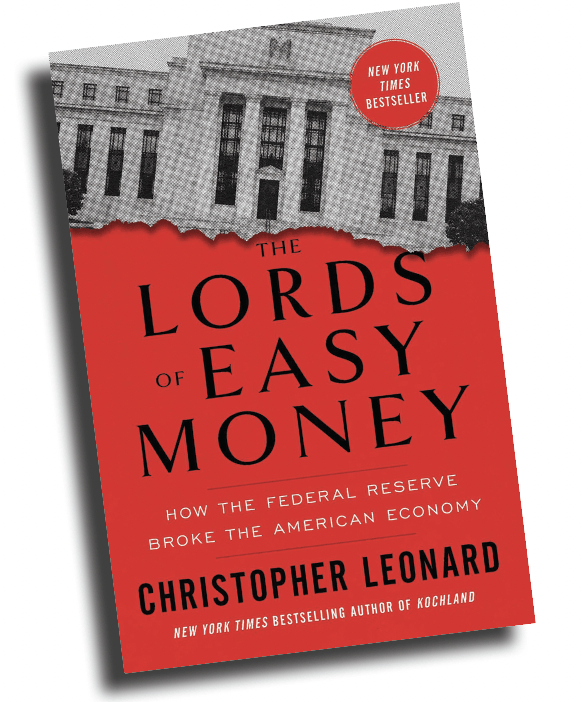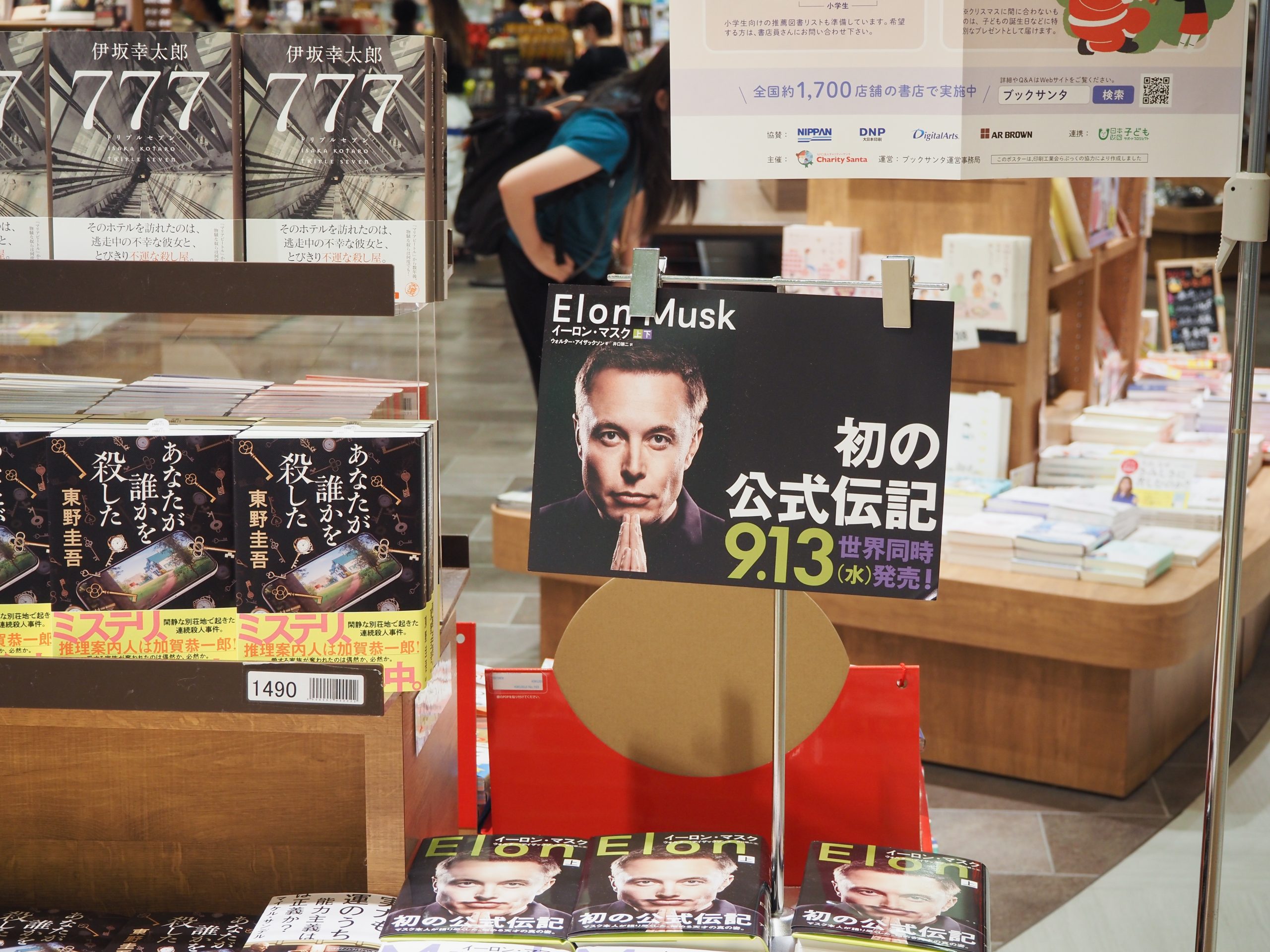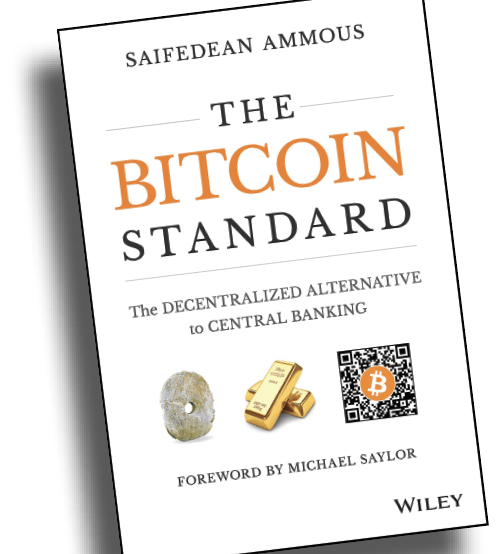Luckbox Leans in with Christopher Leonard…on the Lords of Easy Money
Here’s how the Federal Reserve tames journalists, underestimates inflationary pressures and creates money out of thin air

Investigative reporter Christopher Leonard wrote The Meat Racket and Kochland before turning his attention to the Federal Reserve System in his 2022 book, The Lords of Easy Money: How the Federal Reserve Broke the American Economy. Financial journalist Matthew Taibbi described the new book as “a gift to media audiences that rarely get a clear look at a confounding topic.” Leonard uses simple language and a quick pace to explain complex subjects like quantitative easing and what the Fed’s actions have meant for the U.S. economy over the last few decades. To read the full interview, visit luckboxmagazine.com.
Luckbox: Why do you want Americans to read your book?
Christopher Leonard: So they understand the mechanics of how the Fed interacts with our economy. I explain the machinery and the plumbing of how the Fed creates money and how it executes monetary policy. It’s so important to understand quantitative easing, money being created inside these reserve accounts on Wall Street. I feel that reporting gave me a clearer understanding of how the system works.
Second, I hope people understand the decision-making process inside the Fed. Remember, these are people—the FOMC [Federal Open Market Committee] has 12 voting members. These are human beings like everybody else. One of the biggest myths of the Alan Greenspan era is that the people who run this institution are super geniuses and know everything. They don’t. I appreciated the chance to read through their internal debates and interview people to capture the human element of that decision-making.
[Also,] I wanted to write about quantitative easing so your average tired business traveler could understand the size and scale. I became much more negative toward the Fed’s policy during the investigation.
What is the underlying problem with the financial media’s coverage of the Fed?
If someone takes a job as an average city hall reporter in a metro newspaper, they understand their job is to be fair but to be the watchdog and to be critical. When you come to the Fed, the watchdog role is totally neglected.
The Wall Street Journal’s Dion Rabouin is one of the brightest guys in the financial press. He covered the Fed for Axios. And he made the mistake of asking tough questions. They would stop taking questions from him during the press conference. They put people last in line. They shut off access. It leads to a press pool that can be trained.
Why do you think the market doesn’t believe Loretta Mester of the Cleveland Federal Reserve when she says the central bank will raise the fed funds rate to 4% to confront inflation?
Because the market has observed this time and time again. When asset prices start to fall, the Fed reverses course. There has been a pattern that started with Greenspan, which we refer to as the “Fed put.” When asset prices start to fall, the Fed will step in and bail them out. [Federal Reserve Chair Jerome “Jay” Powell], in my mind, is most famous for the Powell pivot of 2019. When he said tightening and interest rate hikes were on automatic pilot, the markets fell over the holidays in 2018. And he said, ‘Sorry, just kidding. I don’t mean it. I didn’t mean it was on autopilot.’ And he stopped. So the market has bet against the Fed being serious about tightening.
Why is this time different?
I think the problem is that we haven’t fully factored in how much inflation is embedded. It’s deep. It’s widespread. Inflation expectations are way higher than people would want them to be. This is a serious thing that really might force Jay Powell to follow in the footsteps of Paul Volcker in a real way.
Quantitative Easing Made Easy

The basic mechanics and goals of quantitative easing are actually pretty simple. It was a plan to inject trillions of newly created dollars into the banking system, at a moment when the banks had almost no incentive to save the money. The Fed would do this by using one of the most powerful tools it already had at its disposal: a very large group of financial traders in New York who were already buying and selling assets from the select group of twenty-four financial firms that were known as “primary dealers.” The primary dealers have special bank vaults at the Fed, called reserve accounts. To execute quantitative easing, a trader at the New York Fed would call up one of the primary dealers, like JPMorgan Chase, and offer to buy $8 billion worth of Treasury bonds from the bank. JPMorgan would sell the Treasury bonds to the Fed trader. Then the Fed trader would hit a few keys and tell the Morgan banker to look inside their reserve account. Voila, the Fed had instantly created $8 billion out of thin air, in the reserve account, to complete the purchase. Morgan could, in turn, use this money to buy assets in the wider marketplace. This is how the Fed creates money—it buys things from the primary dealers, and it does so by simply creating money inside their reserve accounts.
[Ben S. Bernanke, former chair of the Federal Reserve] planned to do such transactions over and over again until the Fed had purchased $600 billion worth of assets. In other words, the Fed would buy things using money it created until it had filled the Wall Street reserve accounts with 600 billion new dollars. Bernanke wanted to do this over a period of months. Before the crisis, it would have taken about 60 years to add that many dollars to the monetary base.
There was one more thing about quantitative easing that made it so powerful. Bernanke was planning to buy long-term government debt, like 10-year Treasury bonds. This was a bigger deal than it sounds. The Fed had always bought short-term debt because its job was to control short-term interest rates. But the central bank was now targeting long-term debt for a strategic reason: Long-term debt was Wall Street’s equivalent of a savings account. It was the safe place where investors tied up their money to earn a dependable return. With quantitative easing, the Fed would take that savings account away. It would reduce the supply of 10-year Treasury bills that were available. All the money that the Fed was creating would now be under a great deal of pressure because it could no longer find a safe home in a 10-year Treasury. All the new cash would be pushed out on the yield curve, out there into the risky investments. The theory was that banks would now be forced to lend money, whether they wanted to or not. Quantitative easing would flood the system with money at the very same moment that it limited the refuge where that money might be safely stored. If economic growth was weak and fragile during 2010, then quantitative easing would shower the landscape with more money and cheaper loans and easy credit, enticing banks to fund new businesses that they might not have funded before.
From The Lords of Easy Money by Christopher Leonard. Copyright © 2022 by Christopher Leonard. Excerpted with permission by Simon & Schuster, a Division of Simon & Schuster Inc.









